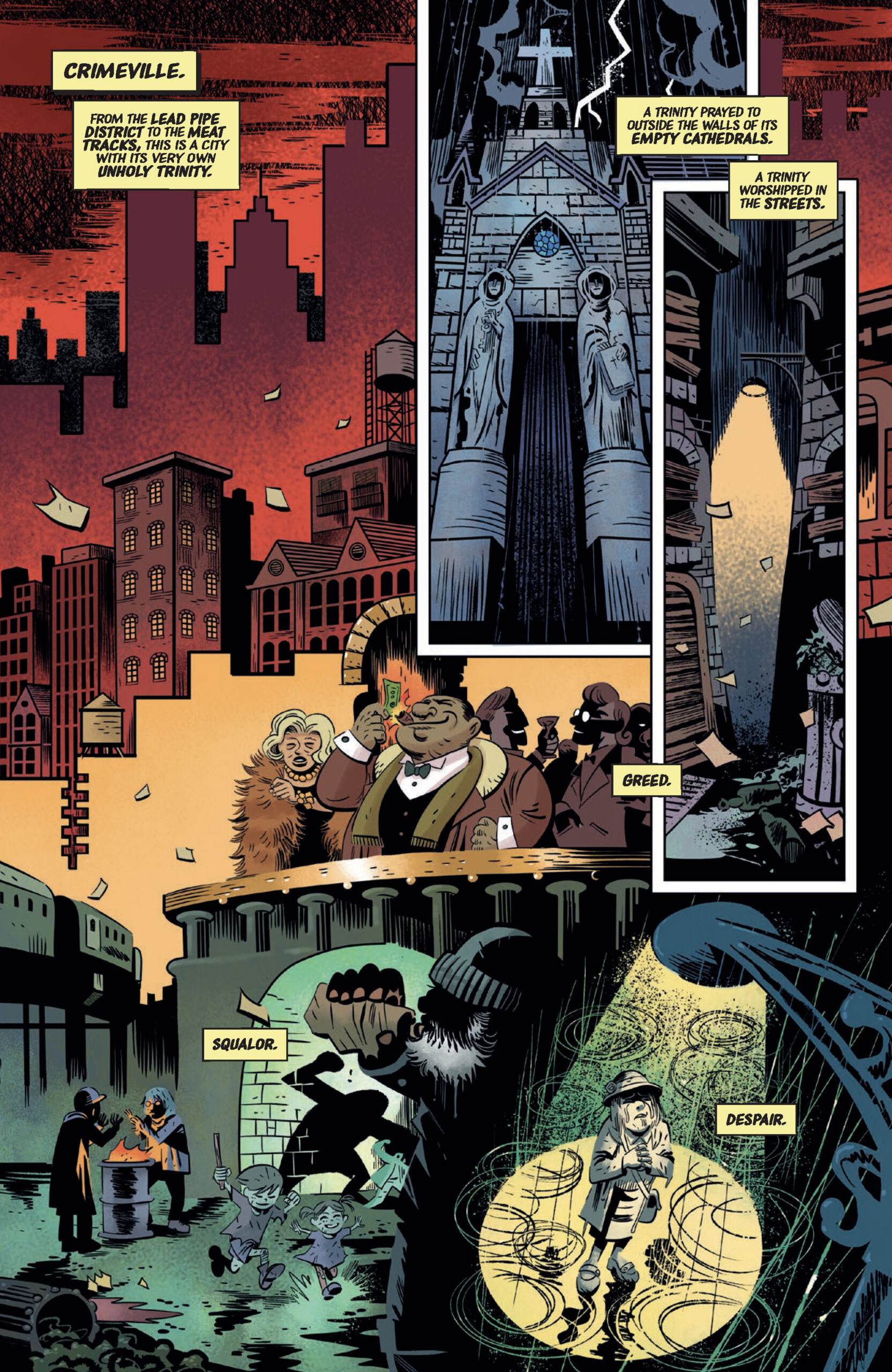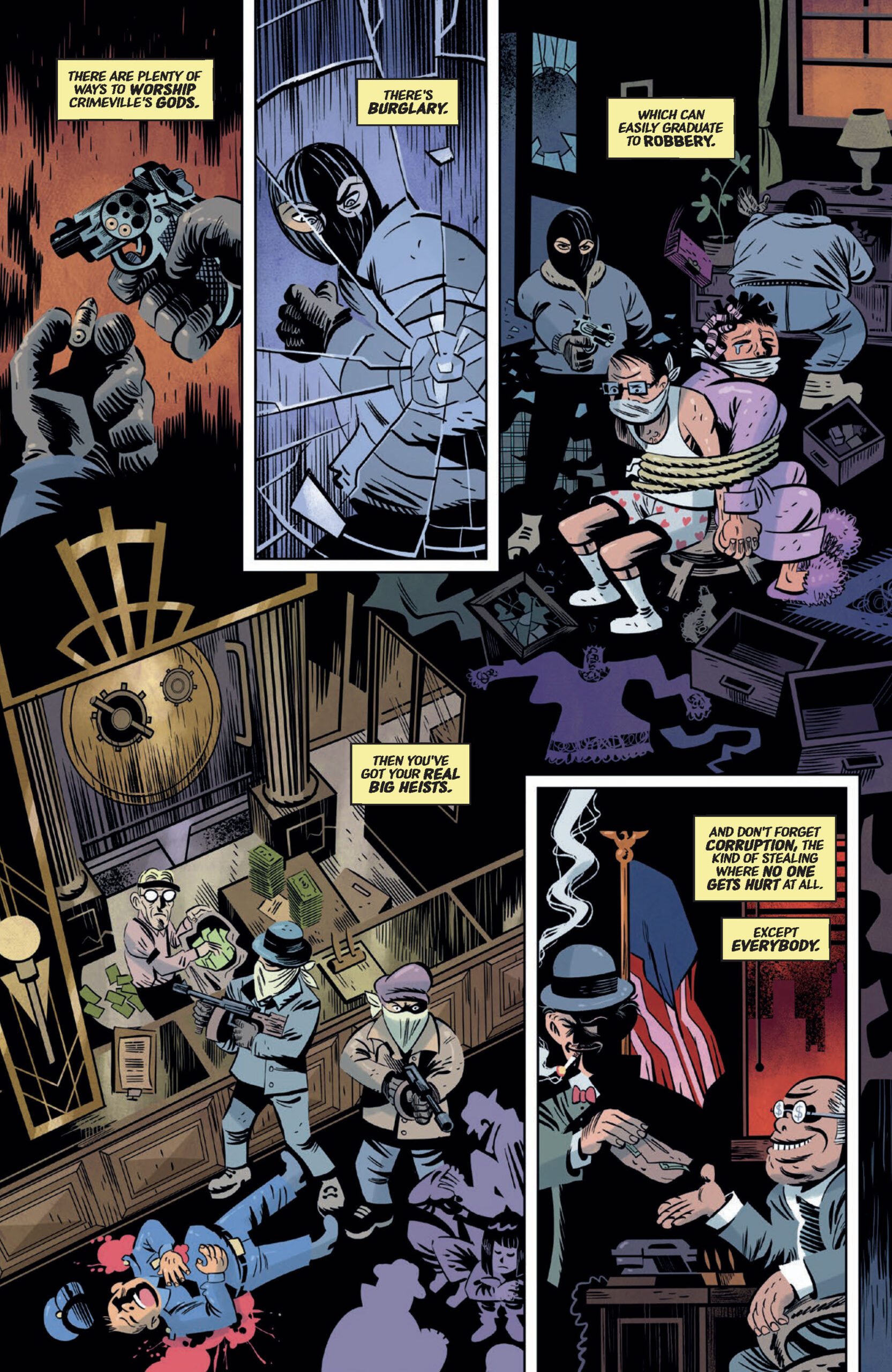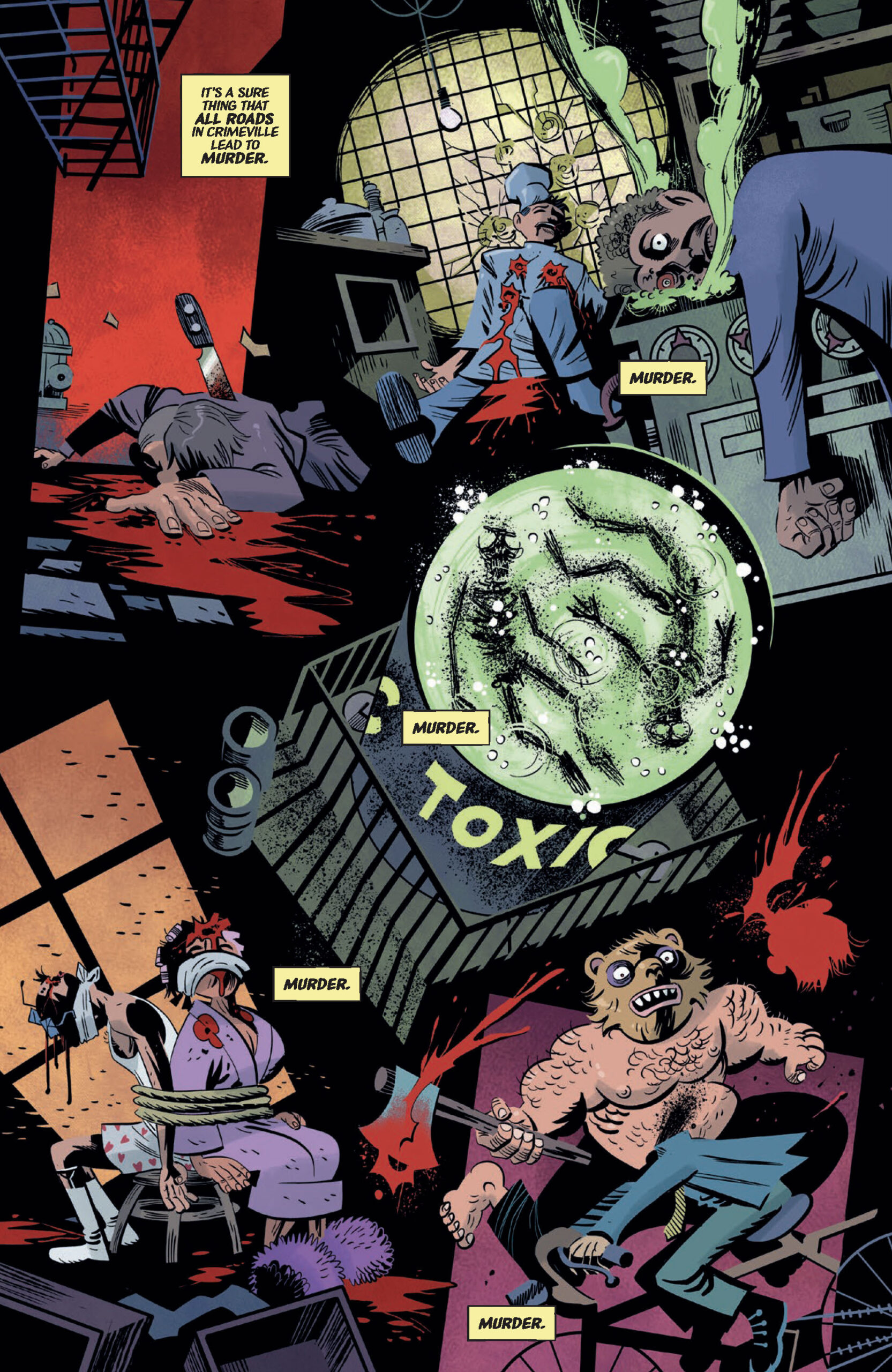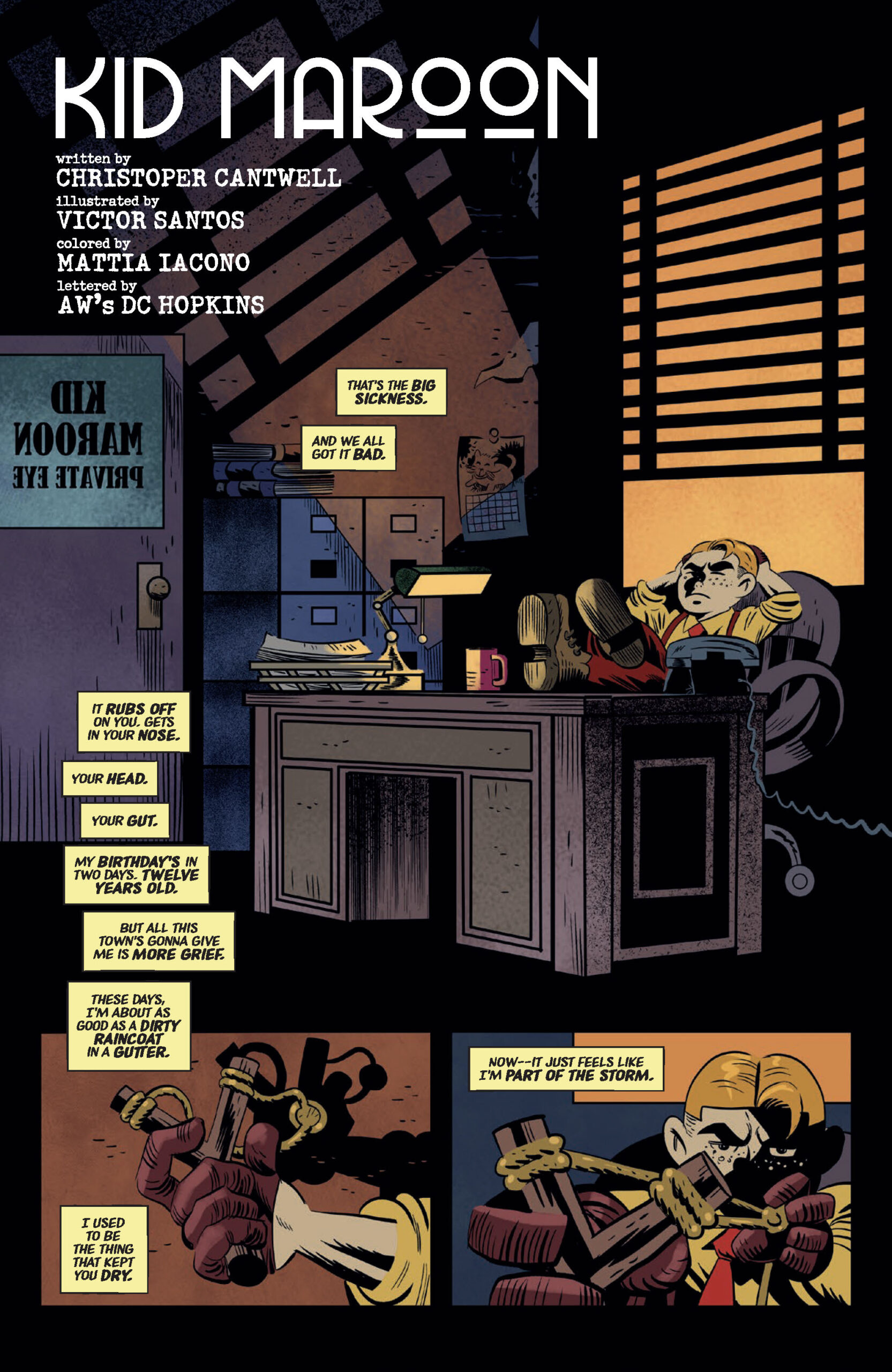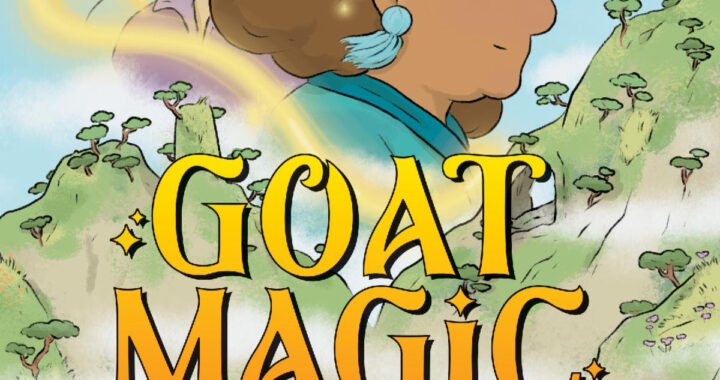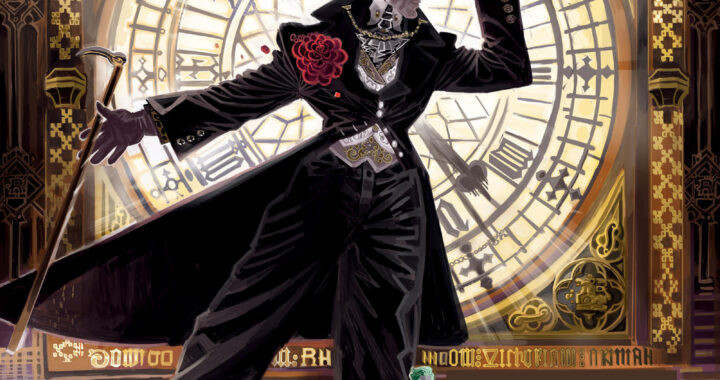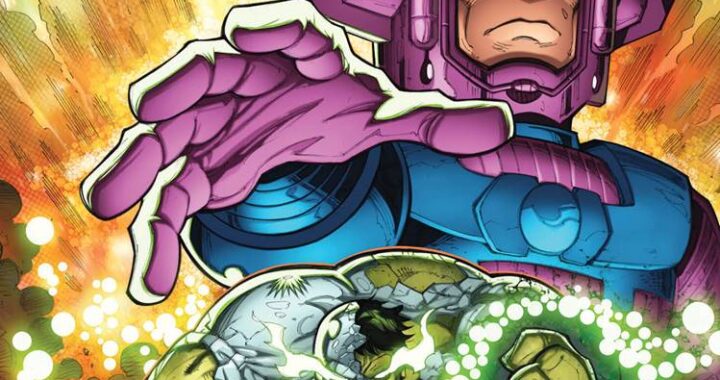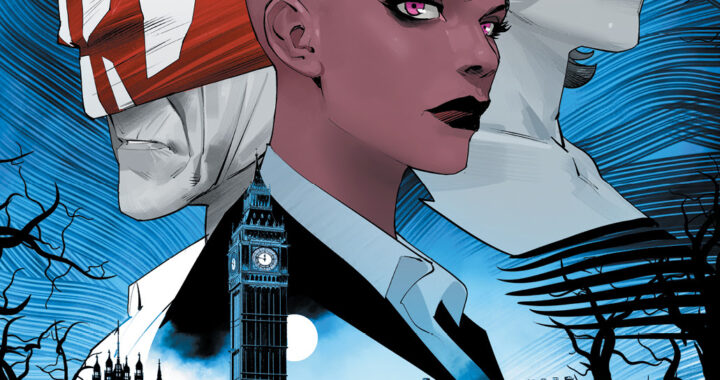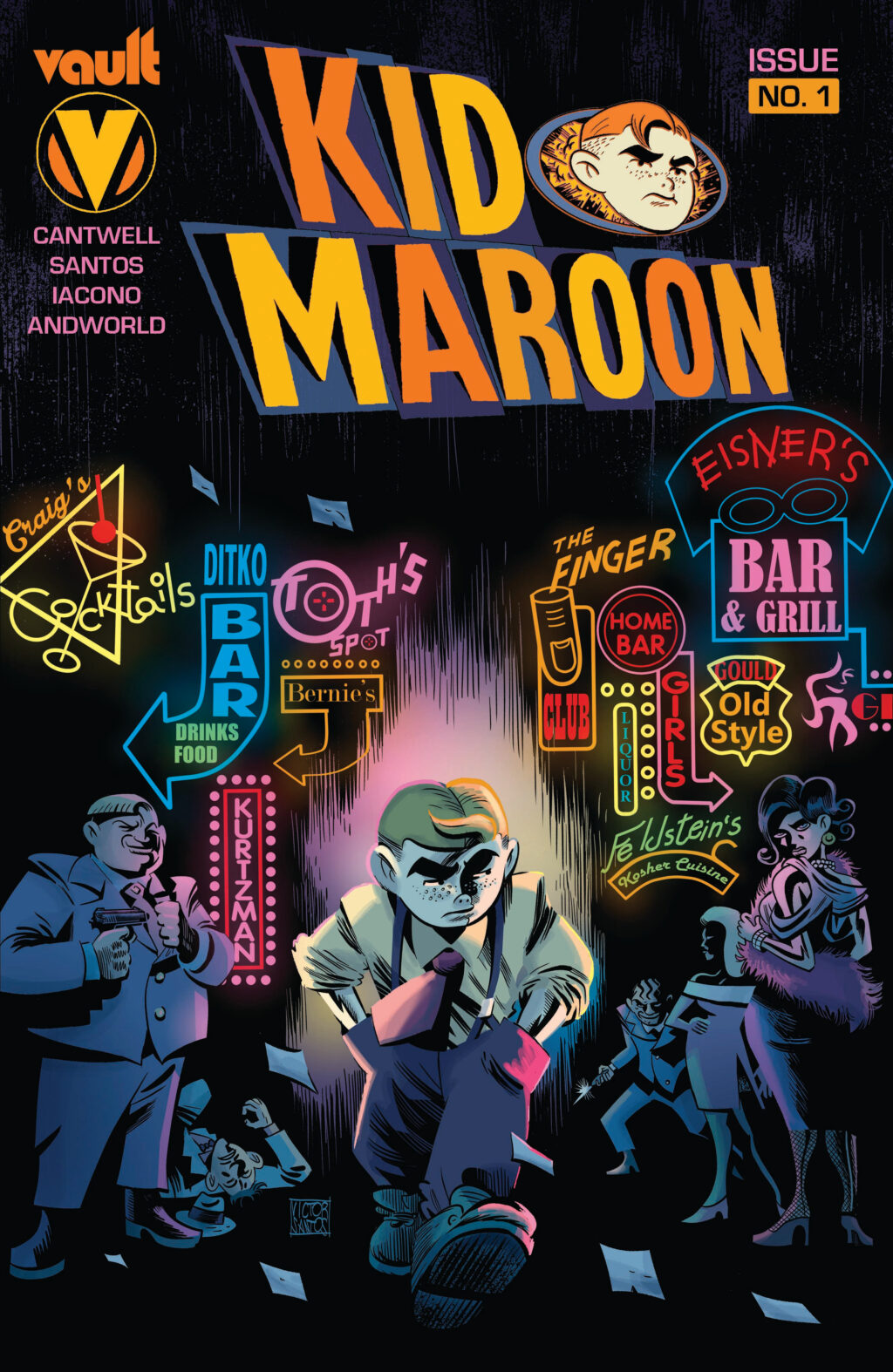
Vault Announces Kid Maroon by Christopher Cantwell & Victor Santos
Vault is honored to unveil Kid Maroon, the stunning new neo-noir comic series based on the storied 1940’s comic strip created by the legendary cartoonist, Pep Shepard. The new Kid Maroon series will be written by Christopher Cantwell (Halt and Catch Fire, Iron Man, Doctor Doom), drawn by Victor Santos (Polar, Violent Love), colored by Mattia Iacono (Kid Venom, The Dead Lucky), lettered by Andworld Design (The Many Deaths of Laila Starr), and designed by Adam Cahoon (The Nasty).
Originally created by Shepard in 1944, the daily Kid Maroon comic strip focused on a hard-boiled boy detective who investigates horrendous crimes in his hometown of “Crimeville”. The series quickly attracted significant controversy, as the stories drew on Shepard’s nihilistic outlook, penchant for violence, and obsession with bathtub laudanum. The backlash against the series, coupled with the rising tides of the Comics Code, led to the strip’s cancellation after just 216 episodes. This caused Shepard to become completely disaffected with the comic book medium, and he would go on to bury all his original art in what is believed to be a field in South Dakota, location unknown. Despite all of this, Kid Maroon became a tremendous cult hit that has inspired underground and independent comics ever since.
Vault’s Kid Maroon series will mark the first time in 75 years that comics only hard-boiled boy-detective will see print.
“I’ve been wanting to write a Kid Maroon story for years upon years now,” said Cantwell. “Because Kid Maroon feels like me. It’s funny because I remember being a kid and how I couldn’t wait to grow up. Every day I feel like I grew up too fast. I often wish I could go back. Kid faces that same struggle in our book. Sure, his world is laden with pulp gangsters and killers, but he’s very much a child. This was always the undercurrent of the original Kid Maroon strips that Pep Shepard did. Sure, sometimes Pep occasionally had Kid rail against characters like Captain Pinko and write diatribes against Sales Tax, but at his best, those stories were always about a boy caught between worlds, his innocence always fragile, at risk of being shattered. That is the core of our book through and through.”
“I must confess I did not know the existence of the character Kid Maroon, but as soon as I started investigating it was love at first sight,” added Santos. “That wild boy was a compact version of The Spirit, Dick Tracy, and I don’t know how many other pre-code pulp heroes. But at the same time he was everything I would have wanted to be when I was a brat, sneaking into my uncle’s room to read those crime comics which were supposed to be too violent for a kid to read. I couldn’t wait to take this awesome character and draw him into new adventures.”
Kid Maroon will debut with a stunning double-length first issue that will hit store shelves in November 2024. The full synopsis for Kid Maroon #1 can be read below:
Back in print for the first time in over 75 years in a stunning double-length issue #1… the world’s only hard-boiled boy detective – KID MAROON. From Christopher Cantwell (Iron Man, Doctor Doom, The Blue Flame, Halt and Catch Fire) and Victor Santos (Polar, Violent Love)!
Two years ago, Walden Maroon outgrew his small town, his loving parents, and the low stakes mysteries involving missing butterflies and stolen cookies. Since then, he’s dwelled within the cesspit of Crimeville, where murders, vice, and corruption are the city’s bread and butter. But at 12 years old, Kid is weary. When a string of horrific killings and arsons spring up in the streets, can he crack the case with his quick wits and slingshot? Or does Kid Maroon secretly yearn for what he’s never gotten to be… a kid?
THE STRANGE HISTORY OF KID MAROON AND PEP SHEPARD:
The fascinating history of Kid Maroon and his creator, Pep Shepard, is one of legend in comic book circles. While the details are often debated, one thing is certain: Kid Maroon is one of the most influential cartoon characters of all time, inspiring underground and independent comics for decades.
Pep Shepard began his comics career as an apprentice with newspaper strip legend Irvin Batch in Pittsburgh, guest inking on several Sunday strips in the final years of Batch’s famed “How ‘Bout That?” But once “How ‘Bout That?” was canceled (after the apocryphal “Let’s poison Tommy” story), Shepard found himself without work and enlisted in the Merchant Marines. A dishonorable discharge in ‘39 for public intoxication left Pep out of active service during the war effort and without a job. Shepard soon found himself working for the printing press of the Baltimore Companion in the early 40’s. There in the later hours before the morning edition ran off the slate, Pep began crafting a child detective character loosely inspired by his memories of his brother Alva, but also informed by his growing bitterness toward government services, urban planning in general, and the entire American Idea itself, but also paradoxically, his own paranoid delusions regarding communism.
Shortly after, Shepard was made an assistant in the Funnies Department of the Companion, working under Hal Furtcher and Matthias Lieb as they labored over such forgettable works as “Corn in the Morning” and “Two Way Meat.”
During this period in 1944, Shepard first began exploratory artwork and sketches for what would eventually become “Kid Maroon,” the most well known (and notorious) comic strip associated with his name.
Finally in 1948, after Furtcher & Lieb’s partnership ended when Furtcher shot Lieb in the face (by accident) during a card game, Shepard was given rush approval for his own strip, “Kid Maroon,” which drew on Shepard’s nihilistic outlook, failures as a father (two sons born in ’45 and ’46, Grover and Tris), and his obsessive need to prove that a slingshot could be a lethal weapon in the wrong (or right) hands.
Shepard introduced a slew of iconic villains in his six month run, including Blockhead, Ratfuck (printed as Ratfink at the time), Shit Cop (printed as Crap Cop at the time), Egghead, Woody Gunk, Freddie Flames, and the less-used Mister Kill. Perhaps most famous of them all is the one character created to reflect Pep himself—that of Billy Beans, the hapless but guileless orphan who saw the world in an almost beatific way, much like how Pep aspired to be, despite his growing addiction to codeine and what he referred to as “bathtub laudanum.”
The Kid Maroon strip ran daily. Written, drawn, and lettered (with copy corrections) by Pep, who took to working six days a week at his drawing board, further neglecting his family, which they would later argue was better for them in the long run, given his predilections for loud opera records, corporal punishment, and sudden outbursts of tears. All in all, this incessant work totaled 216 Kid Maroon strips printed in the Baltimore Companion from the spring to fall of 1948.
Kid Maroon became a cult hit, though it was largely ignored by the broader readership at the time — save for reader complaints about its depictions of violence. This perception worsened when it was made public that Shepard kept detailed anatomy books by his work desk to make sure injuries were correctly depicted down to the organs, viscera and muscular tissue shown.
The backlash and lack of broader attention caused Shepard to grow disenchanted with the work quickly. Fortunes went from bad to worse when a cola factory next to the Companion printing press exploded. The cola damage to the archives of primary print work along with the subsequent fire meant that nearly all of Shepard’s printed works were ruined. Only 12 printed strips remain.
But Shepard held onto his own original art. His wife famously pleaded for him to sell the original work, but he would not, as he expected they would not have garnered much money due to the rising tides of the Comics Code and public backlash against the medium. Eventually, Shepard was believed to have buried all his original art boards in a field in South Dakota, location unknown, somewhere around 1951 or 1952. Shortly after, he disappeared.
One- to two-panel fragments of Baltimore Companion strips of Kid Maroon have been known to fetch up to 275,000 dollars in recent auctions. A complete (albeit color-stained and burned) strip was auctioned off in 2006 for 1.4 million. Unauthorized digital scans of this strip can be found on the web. No original art exists. A map to the burial location of the art is thought to reside in a safety deposit box in Livingston, Montana, but this has not been confirmed.
Pep Shepard is believed to have died of exposure somewhere in Northern New Mexico, perhaps near Taos, in the early 70’s, but this remains unconfirmed.
Readers are encouraged to learn more about Pep Shepard at www.rememberingpep.com.
Author Profile
Latest entries
 Comic BooksAugust 30, 2024PREVIEW: RAISE HELL #5–Penultimate issue
Comic BooksAugust 30, 2024PREVIEW: RAISE HELL #5–Penultimate issue Comic BooksAugust 30, 2024JAW-DROPPING TODD MCFARLANE VARIANT ON KNIGHTS VS. SAMURAI REVEALED
Comic BooksAugust 30, 2024JAW-DROPPING TODD MCFARLANE VARIANT ON KNIGHTS VS. SAMURAI REVEALED Comic BooksAugust 29, 2024The Brain of a Killer: Your First Look at Universal Monsters: Frankenstein #2
Comic BooksAugust 29, 2024The Brain of a Killer: Your First Look at Universal Monsters: Frankenstein #2 Comic BooksAugust 29, 2024PREVIEW “Blood of the Taken,” New OGN from Storm King Comic
Comic BooksAugust 29, 2024PREVIEW “Blood of the Taken,” New OGN from Storm King Comic

